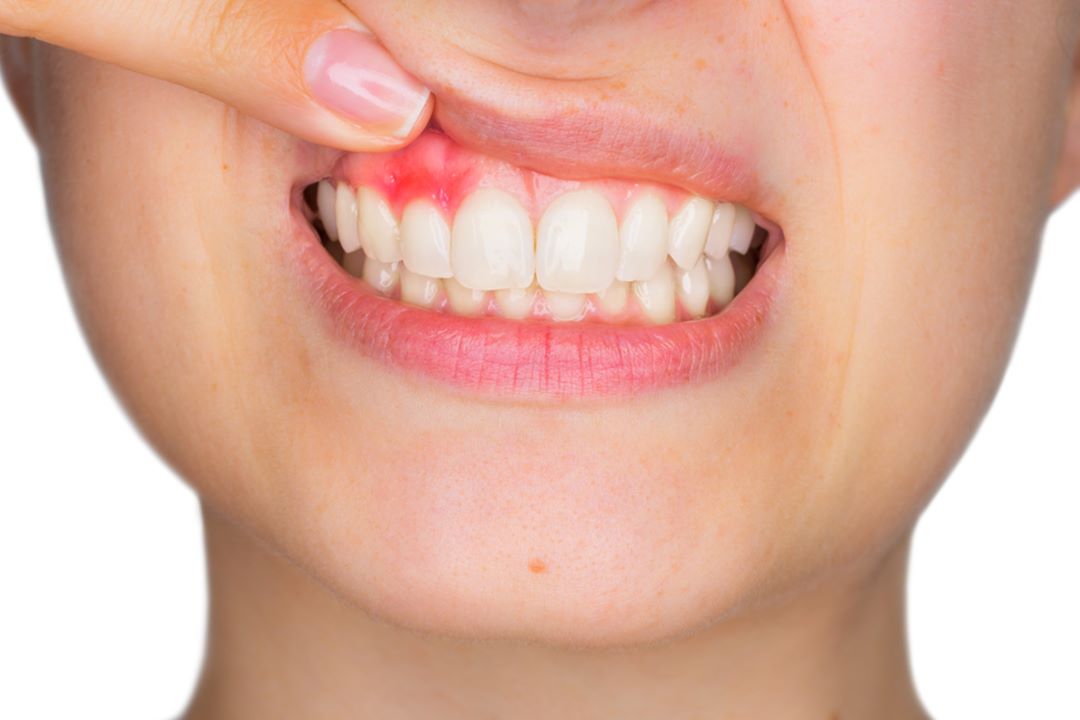Gum disease is a dental issue that nobody wants to be the victim of. Often caused by habits such as smoking, it can involve major discomfort and bleeding of the gums. Shockingly, nearly half of adults aged 30 in the US suffer from gum disease, with many unaware of it.
By knowing the symptoms, the sooner a dentist trip can be scheduled, and by being diligent with dental care, it can be avoided altogether.
What Are The Signs?
There are a few different symptoms that every adult should be aware of and if any of them are present, it’s wise to seek the advice of a dentist immediately. A dentist will be able to assess whether gum disease is present and offer the appropriate treatment for the condition. Some further signs include:
- Bad breath that is persistent – no matter how many times teeth are brushed, it doesn’t help the situation.
- Bleeding happens during brushing or flossing – any bleeding should be taken seriously, it’s not normal for gums to bleed regularly.
- Gums seem to be swollen – red, swollen gums are a sign that something is wrong.
- Teeth become loose – adult teeth shouldn’t loosen easily, this is a symptom of gum disease and one that should be taken very seriously!
- Pockets form between gums and teeth – noticing any pockets similar to blisters forming is a sign that urgent dental care is needed.
- Changes occur to the way teeth sit together – teeth shouldn’t move around naturally on their own, and if you notice this happening, then it’s time to speak to a dentist.
The Different Variations Of Gum Disease
There are two different stages of gum disease that every adult should be aware of, these are Gingivitis and Peridontitis with one being mild and the other more severe. Gingivitis, if noticed early on can be treated relatively easily. It’s caused by plaque build-up that leads to tartar. Normally, over the counter mouthwashes that have been specially formulated to treat the condition can be used for this type of gum disease stage. And, with a proper dental hygiene regime in place, it can be avoided altogether.
On the other hand, if gum disease reaches the Perdontitis stage, it is far more likely to penetrate and affect gum tissue itself. Causing gum pockets and in extreme cases an infection of the bone tissue in advanced stages, teeth can become loose and even fall out.
How To Prevent Gum Disease
Luckily, there are a number of ways in which gum disease can be prevented. Knowing how to treat gum disease can help save on hefty dental bills and time! This includes ensuring that there is good oral hygiene at home set up that includes brushing twice a day and flossing to get rid of harmful bacteria early.
It’s also essential to see a dentist twice a year for a routine check-up. They can advise if anything looks abnormal and help to treat symptoms before they progress. Smokers should be aware that they are more likely to develop gum disease and where possible, the habit should be curbed to ensure teeth are protected in the long-term.

